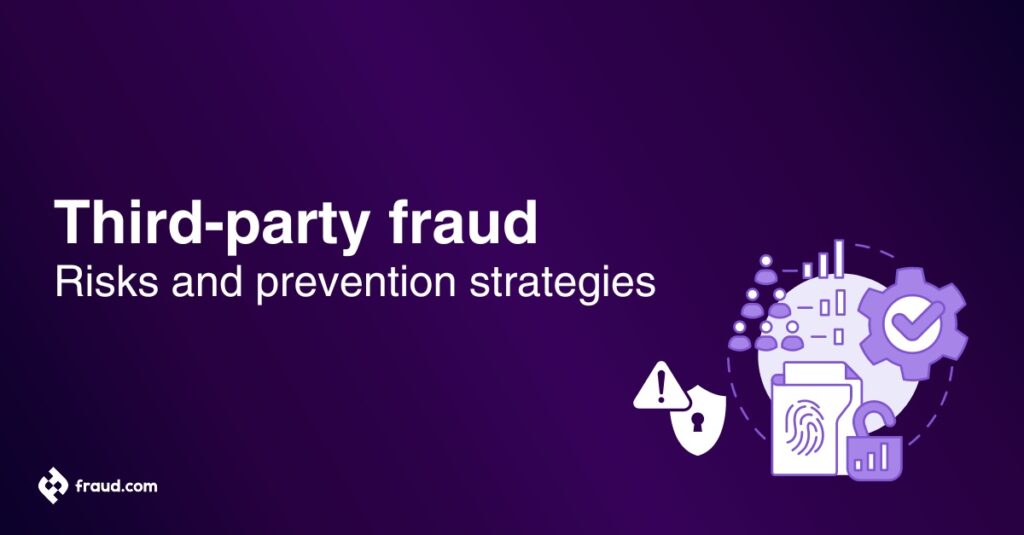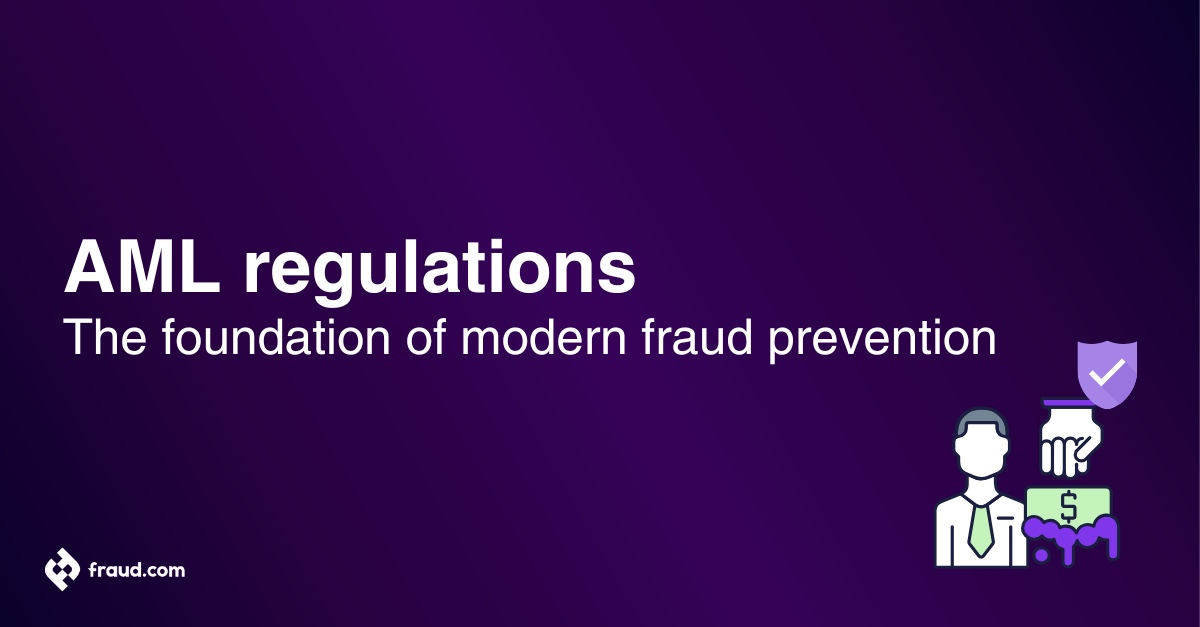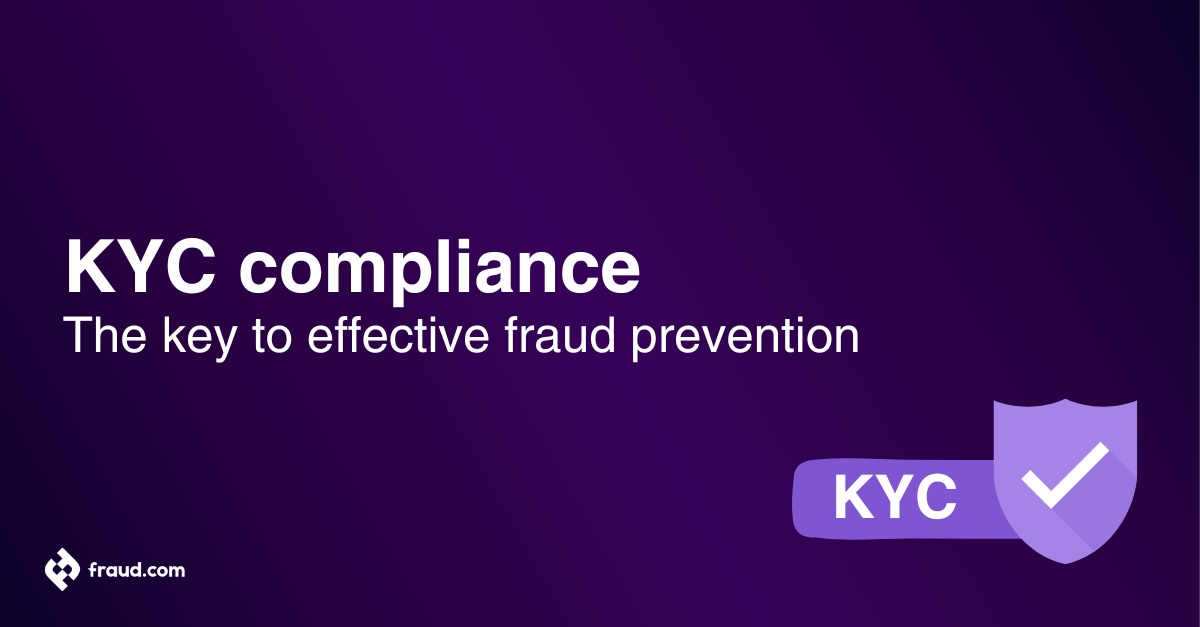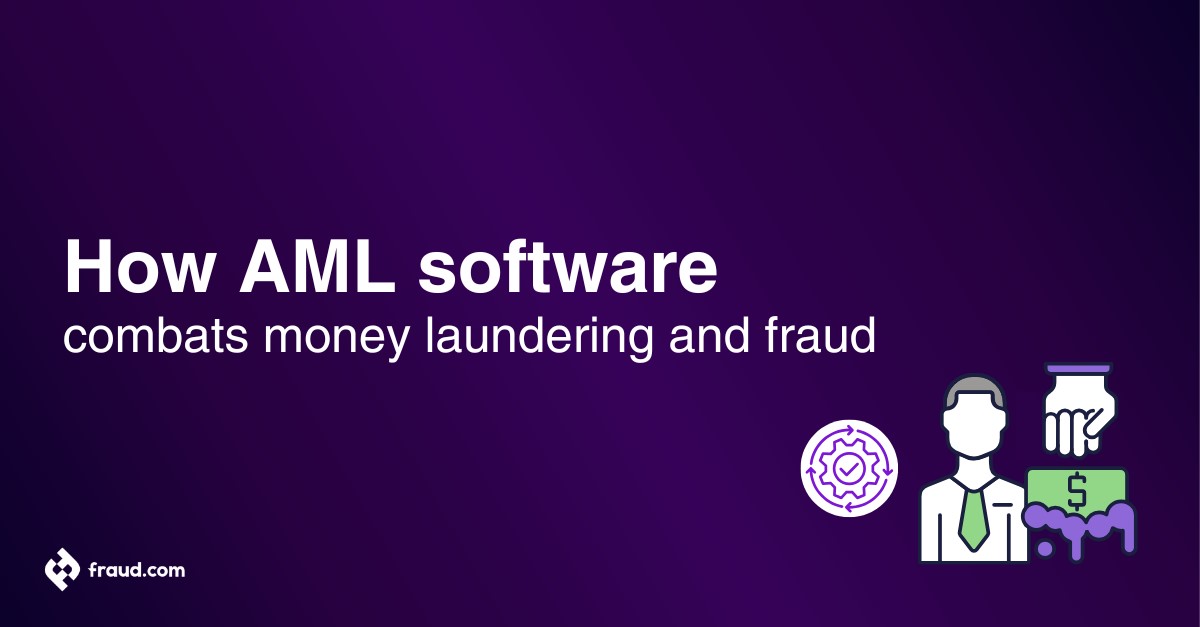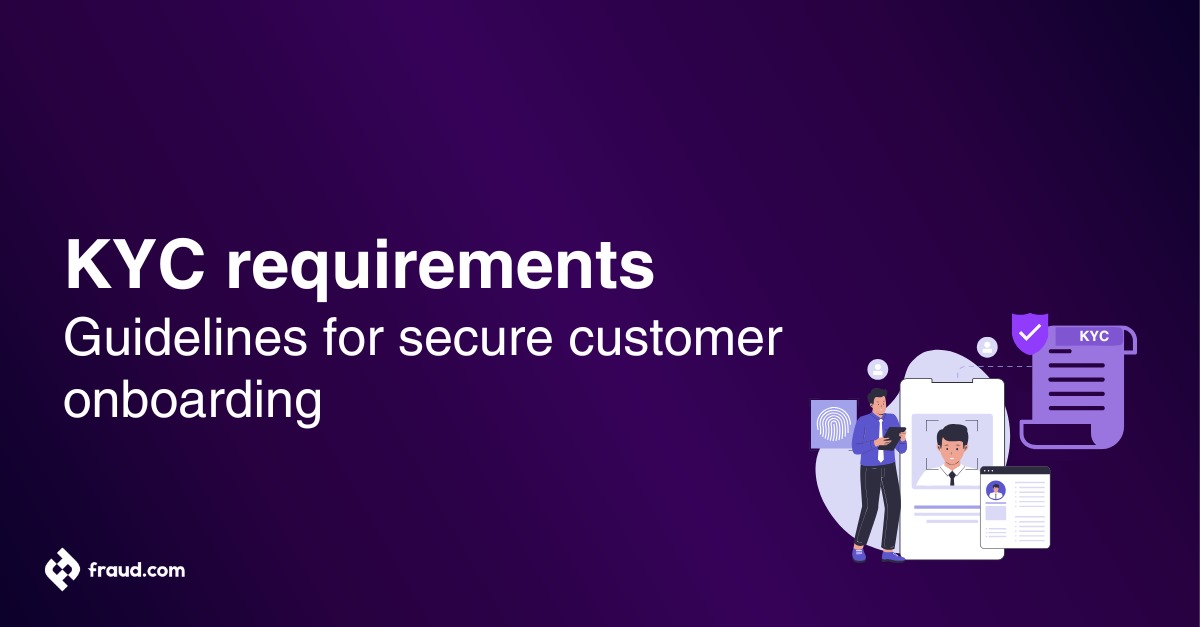As the world expands its digital reach and interconnectedness, third-party fraud has become a growing concern, often emerging in unexpected places and threatening business integrity. As companies expand their networks with vendors, suppliers, and service providers, they may unknowingly expose themselves to fraud risks. This article explores the nature of third-party fraud, highlighting the hidden dangers it presents and offering practical strategies for prevention. By understanding the risks and implementing strong defenses, businesses can protect themselves from exploitation, safeguarding both their operations and their reputation.
Table of Contents
ToggleWhat is third-party fraud?
Third-party fraud is the act of external individuals or entities exploiting their legitimate access to an organization’s systems or processes for malicious purposes. Unlike internal fraud, which originates within the company, third-party fraud stems from relationships with vendors, contractors, or service providers who may unknowingly or sometimes deliberately breach security, manipulate transactions, or steal sensitive information.
These risks often arise when trusted partners become points of vulnerability, whether through compromised access or collusion. Such exploitation can occur at multiple points, including supply chains, financial interactions, and data exchanges.
Third-party fraud encompasses a wide range of tactics, from phishing scams and identity theft to invoice manipulation. The sophistication of these methods varies, but all pose significant threats to businesses.
Understanding third-party fraud is essential in today’s interconnected business landscape. As companies increasingly rely on external partners, addressing these risks becomes crucial for protecting assets and maintaining operational security.
The process behind third-party fraud: How it works
Understanding how fraudsters orchestrate third-party fraud is crucial for enhancing defenses against these sophisticated schemes. This fraud often follows a strategic, multi-step approach. Here are the key stages involved:
- Reconnaissance and target selection: Fraudsters conduct thorough reconnaissance to identify potential targets, including financial institutions, that have exploitable vulnerabilities. They research business relationships, transaction flows, and weak security links. Social media often provides personal information to help them choose susceptible targets with valuable assets like bank accounts or personally identifiable information (PII).
- Exploiting trust relationships: After identifying a target, fraudsters exploit trust-based relationships by posing as legitimate vendors or using compromised third-party accounts. They also utilize cyberattacks, such as phishing, to gain access to sensitive data, including social security numbers and credit card information.
- Establishing an entry point: Once inside, fraudsters establish a continuous presence by planting malware, using stolen credentials, or creating forged documents to impersonate legitimate entities. They gather intelligence while blending in, preparing to exploit the system for fraudulent activities like money muling and credit card fraud.
- Manipulating processes and transactions: With their entry point secured, fraudsters manipulate business processes and transactions. They alter payment details, submit fraudulent invoices, or siphon data for resale on the dark web. Their sophisticated methods disguise manipulations to evade detection, posing significant risks for financial institutions that handle sensitive personal information.
- Execution and extraction: In the execution stage, fraudsters swiftly extract funds, data, or resources. They redirect payments to false accounts or extract sensitive information, targeting bank accounts directly to maximize their financial gain.
- Covering their tracks: After extraction, fraudsters erase evidence and create diversions to obfuscate their activities. They delete logs, use proxies, and leave false trails to mislead investigations, making it difficult for businesses to conduct effective risk assessments.
Third-party fraud orchestration is a meticulously crafted process that exploits vulnerabilities and trust within business networks. By recognizing these stages, organizations can strengthen their defenses through a proactive layered security approach that incorporates anti-fraud technology, training, and vigilance to protect against these threats.
Understanding the differences: First, second, and third-party fraud
While this article will mainly focus on third-party fraud, it is key to understand the complex landscape of fraud. Distinguishing between first, second, and third-party fraud is essential for developing effective defense strategies. Each type involves distinct actors and interactions, and understanding these differences can help organizations identify vulnerabilities and implement targeted prevention measures.
First-party fraud
First-party fraud occurs when an individual or entity misrepresents themselves to gain unfair benefits or avoid obligations. This typically happens when customers or applicants provide false information during transactions or applications. Common examples include falsifying credit applications, submitting fraudulent insurance claims, or intentionally defaulting on loans without the intent to repay. In this scenario, the perpetrator and the “victim” are the same entity, with the fraudulent activity aimed at misleading the institution to alter the terms or services provided.
Second-party fraud
Second-party fraud involves collaboration between two parties, where the account owner either willingly or unknowingly shares their credentials with another individual, leading to fraudulent activities. Common examples include “friendly fraud,” where someone close to the account holder, like a friend or family member, uses their information without explicit permission but with an assumed consent. The challenge is in figuring out who is responsible and what their intent is. The real account owner might be involved in the fraud or may have been tricked.
Third-party fraud
In contrast, third-party fraud introduces an external actor unrelated to the consumer-provider relationship, who exploits the system. This type is characterized by threats such as fraudsters or cybercriminals using stolen identities, infiltrating business operations through compromised vendors, or posing as legitimate third parties to illicitly extract value. In third-party fraud, neither the consumer nor the business initiates the fraudulent intent; instead, an outsider leverages the trust and access between them to commit the fraud.
First, second, and third-party fraud each pose distinct challenges that can impact an organization’s financial health and reputation. Understanding these differences is crucial for developing a strong defense framework tailored to specific vulnerabilities in various relationships and transactions. By clearly identifying the type of fraud, organizations can allocate resources effectively, create targeted interventions, and ultimately bolster their defenses against deceit.
Common third-party fraud strategies
Understanding fraud tactics helps organizations anticipate and reduce threats, protecting your business from financial losses. Key strategies include:
- Supply chain manipulation: Fraudsters pose as vendors or alter vendor relationships to inflate invoices, change payment details, or deliver poor products, disrupting operations and leading to financial losses.
- Phishing and social engineering: Fraudsters trick employees into revealing sensitive data through phishing or social engineering attacks. By pretending to be trusted partners, exploiting human error to access credentials or financial information.
- Credential stuffing: Using stolen credentials from data breaches to access systems across multiple platforms, potentially compromising the business.
- Impersonation fraud: Criminals pose as legitimate companies to deceive businesses into making payments or providing services based on fake documents.
- Account takeover: Fraudsters gain unauthorized access to a third-party account, leading to fraudulent transactions or data breaches, causing financial harm.
- Invoice and purchase order fraud: Manipulating financial documents to claim payment for goods or services never delivered.
By understanding these tactics and implementing strong authentication, access controls, and continuous monitoring, business can protect themselves from financial losses while maintaining trust with partners.
Third-party fraud examples
Building on the strategies outlined, specific examples of third-party fraud highlight the real-world tactics fraudsters use to exploit vulnerabilities:
- Vendor impersonation: Fraudsters pose as trusted vendors, altering payment details or submitting fraudulent invoices to siphon off funds.
- Compromised service providers: A legitimate service provider may unknowingly be used as a conduit for fraud, such as when attackers exploit weak security measures to gain unauthorized access to sensitive systems.
- Fake supplier accounts: Fraudsters create fake supplier profiles and trick companies into sending payments for goods or services that are never delivered.
- Data breaches via partners: If a third-party vendor has weak cybersecurity, fraudsters can steal sensitive data like customer information, financial records, or credentials, which can later be sold or used in credential stuffing attacks.
Understanding these examples helps organizations recognize the potential consequences of third-party fraud and reinforces the need for stringent security measures across all business relationships.
Detecting third-party fraud
To effectively detect third-party fraud, businesses must employ advanced technology and proactive monitoring methods. Here are key strategies:
- Advanced analytics: Leverage data analytics and machine learning algorithms to detect unusual patterns in third-party transactions. By continuously monitoring activities, businesses can flag suspicious behaviors in real-time before substantial damage occurs.
- Behavioral analysis: In addition to transactional patterns, track the behavior of third-party accounts. Behavioral analytics focus on anomalies in user actions, helping detect fraud even when credentials seem valid.
- Liveness detection: Ensure the identity verification process includes liveness detection. This technology distinguishes a real person from attempts using images or pre-recorded videos, mitigating identity spoofing risks.
- Continuous monitoring: Automated systems can monitor ongoing third-party interactions for inconsistencies. Real-time data analysis helps identify potential fraud across all touchpoints.
- Dark web monitoring: Monitor the dark web for compromised data, like leaked credentials or sensitive information linked to your partners. Catching this early can prevent fraud attempts before they escalate.
Preventing third-party fraud
Third-party fraud prevention requires a multi-layered approach that addresses risks at all stages of business relationships. Key prevention strategies include:
- Enhanced due diligence: Conduct thorough vetting of all third-party entities, including verifying credentials, reviewing financial stability, and analyzing past business practices. This helps identify vulnerabilities early and establish partnerships with trustworthy entities.
- Strengthened identity verification: Use multi-factor authentication (MFA), biometric authentication, and liveness detection to verify that only authorized individuals can access sensitive systems and data.
- Access controls: Limit third-party access to critical systems based on their roles. Regularly audit and update permissions to ensure that third parties only have access to the data they need for their operations, reducing exposure to fraud risks.
- Fraud orchestration tools: Integrate fraud orchestration tools to unify data from multiple sources. These tools can analyze data patterns, detect threats early, and coordinate responses across systems for comprehensive fraud prevention.
- Regular risk assessments: Conduct periodic risk assessments of third-party relationships and contracts. This ensures that your fraud prevention measures adapt to evolving business conditions and emerging threats.
- Incident response plans: Establish a clear incident response protocol tailored to third-party fraud scenarios. Ensure staff is trained to detect fraud quickly and respond effectively in collaboration with third-party partners.
- Education and training: Maintain a culture of security by regularly training employees and partners on fraud tactics. Ensuring they adhere to security protocols is crucial in minimizing fraud risks.
By employing these detection and prevention strategies, businesses can better safeguard against third-party fraud and maintain secure relationships with external partners in today’s digital ecosystem.
Protecting your business from third-party fraud with fraud.com
fraud.com offers three powerful tools, Udentify, aiReflex, and fcase, to help prevent third-party fraud.
Udentify: Identity verification with liveness detection
Udentify ensures only legitimate third parties access your systems through advanced ID verification and liveness detection, preventing unauthorized access and reducing fraud risks.
aiReflex: AI-powered fraud detection
aiReflex monitors transactions, using AI to spot suspicious behavior from third parties in real-time, stopping fraud before it causes financial damage.
fcase: Integrated fraud case management
fcase brings together data from various sources, offering a complete view of fraud threats. It helps teams quickly manage and resolve third-party fraud incidents.
fraud.com provides a comprehensive, layered defense to protect your business from third-party fraud.

